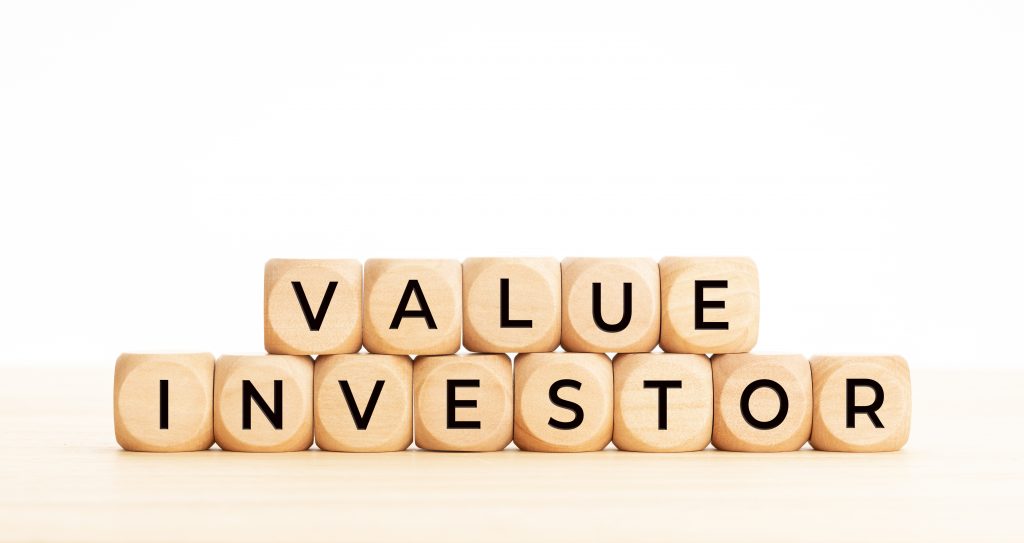Their latest findings—drawn from both their annual, in-depth analysis of the world’s largest global public companies (what we call the “Global 2,000”) and our most recent McKinsey Global Survey on M&A capabilities1—reinforce and advance more than two decades of research.
Strikingly, we found that programmatic dealmakers with the most deals earned the highest returns: 70 percent outperformed programmatic peers who made fewer deals. Moreover, the gap between programmatic acquirers and companies that take an organic approach widened through the turbulent COVID-19 years (programmatic acquirers created 3.9 percent of excess TSR in the past decade, compared with 2.9 percent in the 2010s). Indeed, even with some of the lowest M&A volumes in recent years,2 the latest research shows that the case for programmatic M&A is stronger than ever.
Their latest research also takes a closer look at companies that operate in high-growth sectors to test whether the case for programmatic M&A remains as compelling: it does. Programmatic acquirers in high-growth sectors outperform their high-growth peers that did not pursue M&A as part of their strategy (that is, an organic approach to M&A).
The case for programmatic M&A
Companies can take one of four approaches to M&A: programmatic, selective, large deal, and organic. A programmatic approach treats dealmaking as a capability and not an event. The continuous process of acquiring and integrating new businesses and divesting nonstrategic ones can improve an organization’s odds of outperforming companies that only do one-off and very large deals, occasionally pursue M&A, and are often reactive in their dealmaking—or largely forgo M&A and choose to grow purely organically.
Their latest Global 2,000 research shows the degree to which programmatic acquirers are outperforming other companies.
The results are particularly intriguing when compared with the performance of companies that took an organic approach: it might seem counterintuitive for a company in a high-growth business to allocate meaningful resources to deals when it likely has an abundance of internal investment opportunities. As we dug into the details, we found that these programmatic acquirers markedly outperformed organic peers that didn’t enjoy growth tailwinds. But even high-growth organic companies did not, in the aggregate, outperform companies across sectors that took a programmatic approach.
Lessons from programmatic acquirers
The accumulated research suggests important lessons for companies that are engaged in or actively considering M&A. What capabilities and actions set successful dealmakers apart?
- Double down on successful strategy:Programmatic acquirers create a well-defined M&A blueprint that outlines why and where the company needs M&A to deliver on specific themes in its strategy. But this is just the first step. Programmatic acquirers also actively integrate and manage their portfolios and regularly reallocate capital to the acquisitions that align with their enterprise strategy. Our research finds that programmatic acquirers have become even more likely than others to take these steps since our 2021 survey, suggesting that they do so even amid times of uncertainty. In our experience, the most effective acquirers understand how economic cycles will affect their M&A plans, proactively explore different scenarios, and develop plans to continue investing even during downturns. Indeed, we found that survey respondents from programmatic acquirers were more likely to say that their companies’ level of M&A activity remained the same or increased in 2022, a year fraught with economic challenges.
- Do not window shop. Once an M&A plan is in place, experience shows that successful execution requires unwavering focus—from the initial stages of creating comprehensive views of the market to developing an outreach strategy for the top-priority targets. Our research indicates that programmatic acquirers are more likely than others to run an effective target-prioritization process and to have key stakeholders well coordinated when working on a deal.
- Develop strong internal conviction. In our experience, the conviction to go after the necessary M&A targets becomes even more crucial—and even more difficult to maintain—in challenging economic times. Responses to our survey suggest that programmatic acquirers are more likely than others to take a proactive approach to sourcing deals, regardless of prevailing economic conditions; they provide a steady stream of options to the top team and the board that will allow them to execute their M&A strategy effectively. Additionally, respondents from programmatic acquirers are more likely to develop comprehensive business cases, well beyond a specific transaction’s go-no-go criteria. A business case can be a valuable tool for gaining agreement among executives and the board about a proposed transaction—and for enabling swift decision-making.
- Deliver the full potential of the deal. The findings suggest that programmatic acquirers manage potential disruptions to their core business, and the targets, while also aggressively pursuing the full-value potential of a deal. Programmatic acquirers are much more likely than other companies to set internal synergy targets (revenue, cost, and capital) equal to or above the due diligence estimates. They also carefully budget and track the costs—often one-time in nature—required to deliver deal synergies. In fact, survey respondents from programmatic acquirers are twice as likely as their peers to report actual integration costs that were at least 20 percent below what was budgeted at the outset of a deal. In our experience, having a clear and accountable owner is essential for seizing a deal’s full potential. That accountability, paired with financial discipline, should be present at all stages of M&A, from ideation to execution.
- Start with a healthy culture. Culture is often the forgotten factor in a deal’s success. Lack of cultural fit and friction between the acquiring company and the target is the most common reason that survey respondents say an integration has not met expectations. In our experience, culture is often an important driver of financial performance. Also, related research has determined that large acquisitions by healthy companies tend to perform better than do those by less healthy ones.1 Specifically, companies with healthy cultures (that is, companies in the top two quartiles of organizational health) see an improvement of 5 percent excess TSR, while those companies with unhealthy cultures (that is, companies in the bottom two quartiles of organization health) realized a 17 percent decrease in excess TSR (measured in median excess TSR, two years post deal closing).
- Recognize the value of people and plan for the worst. The talent of an M&A target is often the key to its success. Leaders should approach integrations with the expectation that talented employees, from both the target and their own organizations, are at a high risk of leaving. Rapidly identifying critical roles and individuals as early as possible (often during due diligence) is a critical risk mitigation step not to be overlooked. Our research shows that programmatic acquirers are much more likely to offer financial incentives to encourage employees to stay, but that is just one piece of the puzzle. Nonfinancial recognition and cultural factors, such as personal communications from senior leaders and tailored career development plans outlining advancement potential, are often as or more effective for retention.
- Take a best-owner mindset. Programmatic acquirers also understand the flip side of a clear acquisition strategy: which assets are nonstrategic and should be divested. Survey respondents from programmatic acquirers are more likely than others to say their organizations have conducted divestitures in the past five years, and research on the Global 2,000 companies shows that the companies making the most deals—including divestitures in addition to acquisitions—have higher excess TSR. By divesting, they can help management focus on the strategically “core” businesses they already own and those that they should consider acquiring.
Source: McKinsey, here is the link to the original article.


